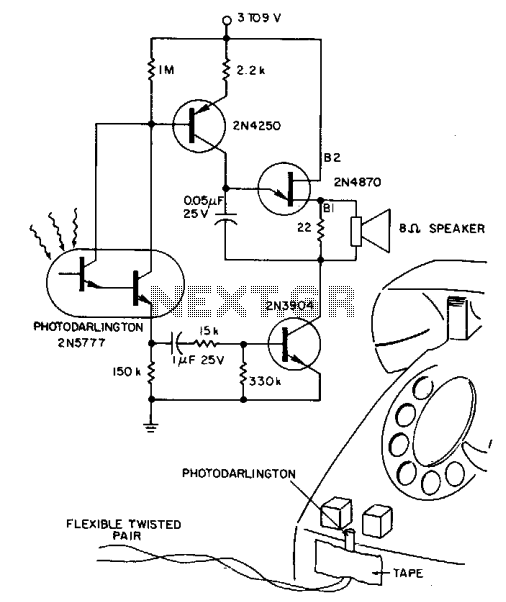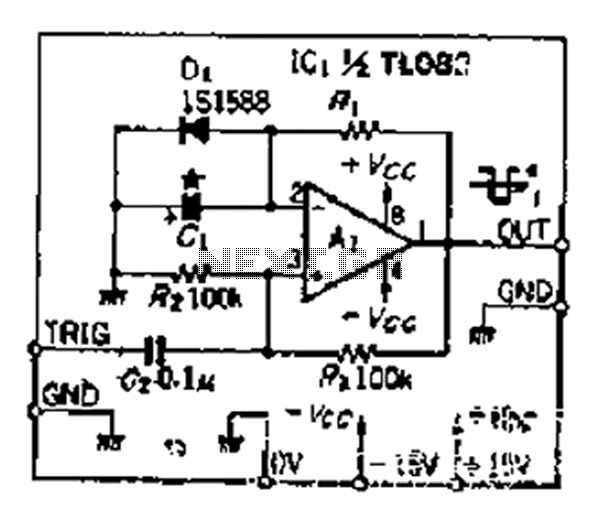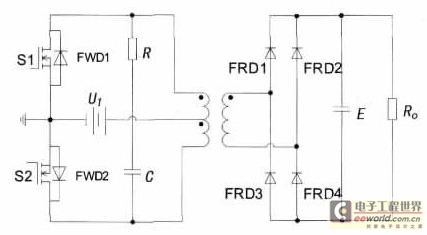
Circuit monitors blinking phone lights

A 2N5777 photo-Darlington cell detects blinking light from transparent plastic buttons. A high-gain 2N3904 transistor is used to switch the power ON and OFF. The circuit can remain continuously connected to a 9 V battery, drawing less than a micro-ampere even in typical office lighting conditions when the phone lights are not flashing. In noisy environments, the tone can be amplified using an output transformer with a ratio of 250:8 or by replacing the 22-ohm resistor in the output with a 100-ohm speaker.
The circuit utilizes a 2N5777 photo-Darlington cell, which is sensitive to light changes, allowing it to effectively respond to the blinking light emitted by the transparent plastic buttons. This photodetector is capable of converting light signals into electrical signals, which can then be processed by the subsequent components in the circuit.
The 2N3904 transistor serves as a switch that is controlled by the output from the photo-Darlington cell. This transistor has a high current gain (beta), enabling it to switch larger currents with minimal input from the photodetector. When the light from the buttons is detected, the transistor allows current to flow, thus powering the circuit and activating any connected output devices.
The design allows for the circuit to be powered by a 9 V battery, which can remain connected indefinitely without significant power consumption. The circuit is designed to draw less than one micro-ampere under normal lighting conditions, ensuring long battery life and minimal energy waste.
In applications where ambient noise levels are high, the output can be enhanced. An output transformer with a transformation ratio of 250:8 can be integrated into the circuit to increase the volume of the output signal. Alternatively, a 100-ohm speaker can be utilized by replacing the existing 22-ohm resistor in the output stage. This modification allows for better sound projection in environments where the original output may be insufficient to be heard over background noise.
Overall, this circuit offers a low-power solution for detecting light signals and converting them into audible tones, with options for amplification to suit various environmental conditions.A 2N5777 photo-Darlington cell picks up blinking light from the transparent plastic buttons. The power is switched ON and OFF by a hi-beta 2N3904 transistor. The circuit's 9 V battery can be left continuously connected. Less than a micro-ampere is drawn-even with normal, office ambient light and the phone lights not flashing. For noisy locations, the tone can be made louder with an output transformer (ratio of 250:8) or a 100 ohm speaker that replaces the 22 ohm resistor in the output.
The circuit utilizes a 2N5777 photo-Darlington cell, which is sensitive to light changes, allowing it to effectively respond to the blinking light emitted by the transparent plastic buttons. This photodetector is capable of converting light signals into electrical signals, which can then be processed by the subsequent components in the circuit.
The 2N3904 transistor serves as a switch that is controlled by the output from the photo-Darlington cell. This transistor has a high current gain (beta), enabling it to switch larger currents with minimal input from the photodetector. When the light from the buttons is detected, the transistor allows current to flow, thus powering the circuit and activating any connected output devices.
The design allows for the circuit to be powered by a 9 V battery, which can remain connected indefinitely without significant power consumption. The circuit is designed to draw less than one micro-ampere under normal lighting conditions, ensuring long battery life and minimal energy waste.
In applications where ambient noise levels are high, the output can be enhanced. An output transformer with a transformation ratio of 250:8 can be integrated into the circuit to increase the volume of the output signal. Alternatively, a 100-ohm speaker can be utilized by replacing the existing 22-ohm resistor in the output stage. This modification allows for better sound projection in environments where the original output may be insufficient to be heard over background noise.
Overall, this circuit offers a low-power solution for detecting light signals and converting them into audible tones, with options for amplification to suit various environmental conditions.A 2N5777 photo-Darlington cell picks up blinking light from the transparent plastic buttons. The power is switched ON and OFF by a hi-beta 2N3904 transistor. The circuit's 9 V battery can be left continuously connected. Less than a micro-ampere is drawn-even with normal, office ambient light and the phone lights not flashing. For noisy locations, the tone can be made louder with an output transformer (ratio of 250:8) or a 100 ohm speaker that replaces the 22 ohm resistor in the output.





